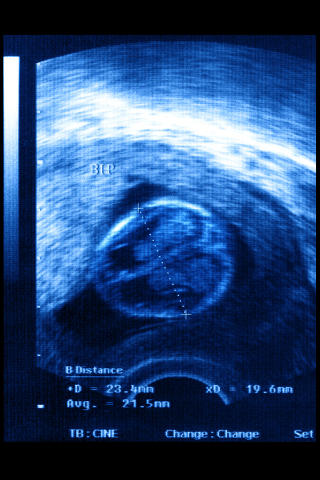The brain’s foundation, frame, and walls are built in the womb. As an embryo grows into a fetus, some of its dividing cells turn into neurons, arranging themselves into layers and forming the first synapses, the organ’s electrical wiring. Four or five months into gestation, the brain’s outermost layer, the cerebral cortex, begins to develop its characteristic wrinkles, which deepen further after birth. It isn’t until a child’s infant and toddler years that the structures underlying higher-level cognition—will power, emotional self-control, decision-making—begin to flourish; some of them continue to be fine-tuned throughout adolescence and into the first decade of adulthood.
Pat Levitt, a developmental neuroscientist at Children’s Hospital Los Angeles, has spent much of his career studying the setbacks and accidents that can make this construction process go awry. In the nineteen-nineties, during the media panic over “crack babies,” he was among a number of scientists who questioned whether the danger of cocaine exposure in utero was being overstated. (Levitt spent two decades examining the brains of rabbit mothers and their offspring that were dosed with the drug, and says that the alarm was “an exaggeration.&rdquo![]() More recently, as the science director of the National Scientific Council on the Developing Child, he has become interested in another sort of neurotoxin: poverty.
More recently, as the science director of the National Scientific Council on the Developing Child, he has become interested in another sort of neurotoxin: poverty.
[For more of this story, written by Madeline Ostrander, go to http://www.newyorker.com/tech/...mbid=social_facebook]




Comments (0)